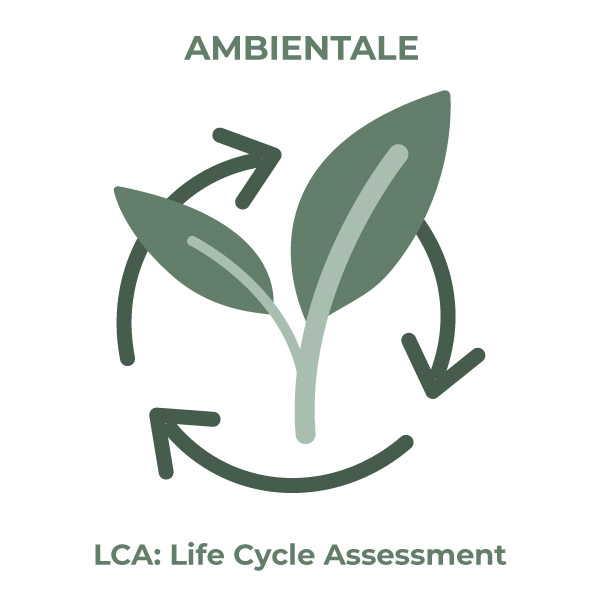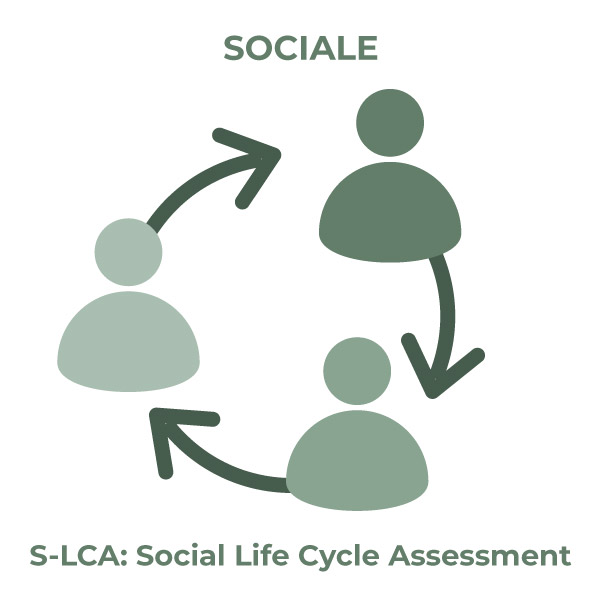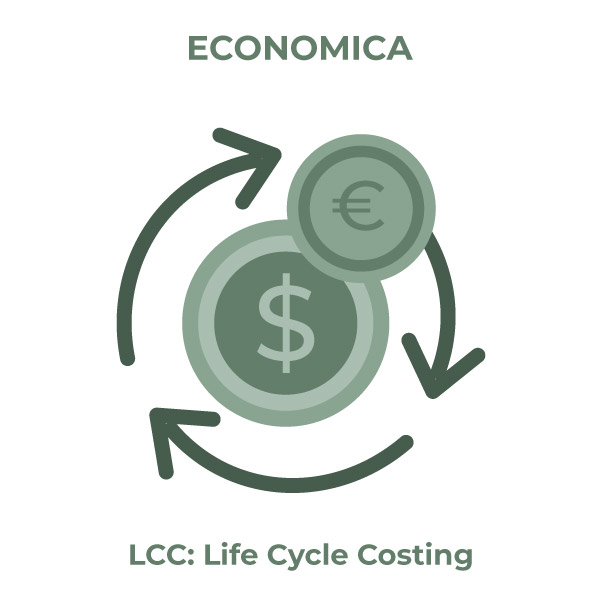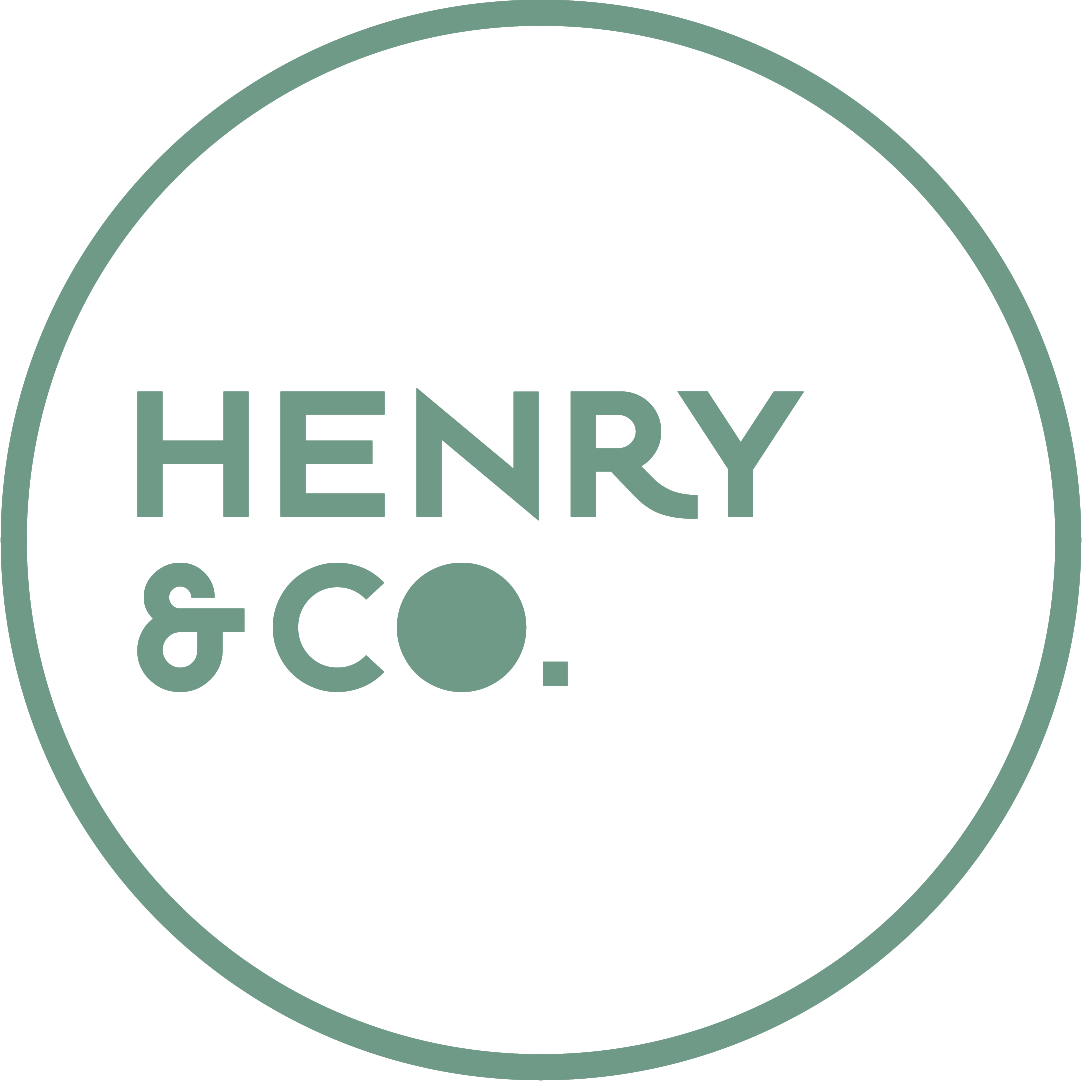Measuring environmental sustainability for companies is a significant development lever, especially in relation to the attention given to the topic by institutions and the increased awareness of consumers about circularity, environmental impact, and accessibility. The importance attributed to these topics is reflected in their consumption choices, making them willing to spend more for sustainable products and to align with companies that share their values.
According to McKinsey, sustainability is a very important factor for about 40% of European consumers. Additionally, according to Accenture, one-third of Gen Y and Gen Z consumers are willing to spend more with businesses that align with their values.
In recent years, more and more companies have undertaken efforts to reduce their environmental impact, but very few are able to communicate and demonstrate their commitment. Often, in fact, it is challenging to measure and account for companies’ environmental sustainability: in this sense, however, reports, standards, and sustainability indicators are tools that companies can rely on, proving the effectiveness of their actions. Let’s take a closer look at them in the following paragraphs.
1. Sustainability reports for companies
To measure environmental sustainability, companies can refer to sustainability reports, the drafting of which is recommended using GRI standards. GRI standards (Global Reporting Initiative) can be used as modular and interconnected sets. The list is available on the globalreporting.org website.
The report is mandatory for large public companies, but an increasing number of companies will have to draft it, in line with the latest European directives. These are documents published annually, aimed at the company’s stakeholders, such as staff, local communities, suppliers, etc.
Through sustainability reports, companies describe the actions taken and quantify the sustainability goals achieved (environmental, social, and economic). By taking responsibility for their impact on multiple levels and the measures implemented to reduce it, they provide a comprehensive picture of the context in which they operate, their performance in this area, and the efforts made year after year to achieve sustainable growth. In essence, they provide a snapshot of the company’s situation in a specific year and should not be confused with sustainability plans, which instead present a company’s short- and long-term vision for sustainability (we will discuss this later in the article).
A valuable tip for companies: once the report is written, it is recommended to have it validated by a third party to give credibility and legal validity to the document.

2. Indicators to measure and improve sustainability: what are they?
Sustainability indicators are tools that companies can use to account for their performance in this area, track progress, and optimize efforts to improve. They vary depending on the dimension of sustainability, whether environmental, social, or economic, but they can still be integrated for a holistic approach to the issue.
- In regards to environmental sustainability, companies have at their disposal the LCA (Life Cycle Assessment) analysis, through which the environmental impact of products and services throughout every phase of their life cycle is examined.
- In terms of social sustainability and stakeholder relations, companies can use the S-LCA (Social Life Cycle Assessment) analysis to define the social impacts (potential and actual, positive and negative) of products and services during their entire life cycle.
- Finally, for economic sustainability, the LCC (Life Cycle Costing) analysis is used, allowing companies to evaluate the costs borne throughout the entire lifecycle of a product or service.




3. LCA: focus on why it matters
The acronym LCA, which stands for Life Cycle Assessment, refers to a type of analysis that allows companies to work on the environmental sustainability of their production. Specifically, it examines the entire life cycle of products and services, from raw materials to end of life (or, in a circular context, reuse or recycling) to quantify their environmental impacts.
Through a framework defined by UNI EN ISO 14040:2021 and UNI EN ISO 14044:2021 standards, LCA analyses enable companies to optimize their processes to achieve increasingly sustainable practices from the design stage, being one of the key elements of ecodesign. This way, critical points are identified, and actions are taken to minimize their negative impact on nature, making the right choices.
4. What are the UNI and ISO standards for sustainability?
To evaluate and communicate their environmental sustainability, companies can utilize UNI ISO standards, sustainability indicators that address the topic from various angles. Specifically, the standards in the ISO 14000 series guide companies, which can adopt them voluntarily to monitor their environmental impact and take necessary measures to minimize it.
Here is a list of the main standards:
- UNI EN ISO 14001:2015 on environmental management systems (EMS);
- ISO 14064 series standards on greenhouse gas emissions reporting and reductions;
- UNI EN ISO 14067:2018 on Carbon footprint quantification of products;
- UNI EN ISO 14040:2021 and UNI EN ISO 14044:2021 on life cycle assessment (LCA);
- UNI EN ISO 14063:2020 on environmental communication (internal and external);
- Environmental labels such as UNI EN ISO 14024:2018, UNI EN ISO 14021:2021, and UNI EN ISO 14025:2010.
5. What does Henry & Co. offer you?
To make your company ready to monitor sustainability, you can rely on the services of HENRY & CO., which identifies a path tailor-made for your reality.
This path not only helps you stand out to investors and stakeholders and improve your competitive positioning, but it also allows you to anticipate market trends, consumer choices, and regulatory updates. We carry out this journey together with the company using various Circular Design Thinking tools to bring a 360° sustainability vision.
